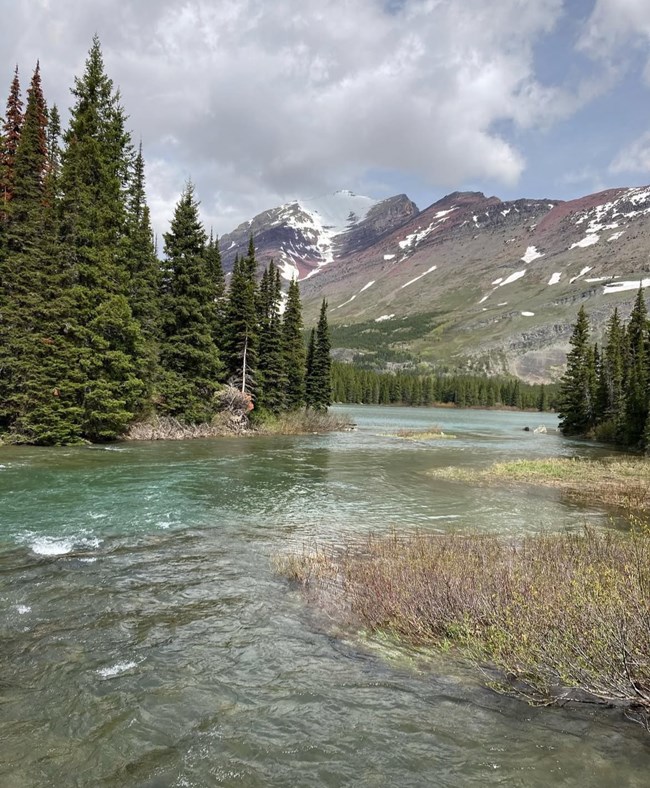
NPS Photo / Andrew Birch
Background
The Water Quality Program provides support to parks in protecting, monitoring, and restoring the biological, physical, and chemical quality of park water resources. The program's top priority is to inform aquatic resource management through technical assistance and support to parks dealing with water quality issues and threats.
Other program activities include:
- national level coordination and research to address multi-park and landscape-scale threats to park aquatic resources
- providing guidance and standardization to water quality vital signs monitoring
- managing the NPS-USGS Water Quality Partnership program
- participating on interagency groups like the National Water Quality Monitoring Council
Across the NPS system, 4.2% of river miles and 40.5% of surface water bodies by area are listed as impaired under the Clean Water Act. The Vital Signs water quality monitoring program, supported by the Natural Resources Challenge and NPS Water Resources Division, is designed to track and support attainment of strategic goals for the NPS and the Department of the Interior. The monitoring program aims to protect pristine water quality and improve impaired water quality by supporting the Clean Water Act protections and provisions for designated unimpaired and impaired waters. The NPS Inventory and Monitoring Division implements the monitoring program with support, direction, and coordination from the Water Quality Program.
The NPS-USGS Water Quality Partnership program is a mutual collaboration that began in 1998. The goal of the partnership program is to develop information on park water quality to enable NPS to address its most critical water quality management responsibilities. Both agencies view the water quality partnership as a positive example of the progress that can be achieved by working together to solve resource management problems. As of 2025, the program has helped complete 289 projects in 165 parks.
Highlights and Accomplishments
Since 2020, the Water Quality Program has provided critical technical assistance to over 50 parks related to:
- contaminant issues from abandoned mining and oil and gas operations
- road salt management and mitigation
- wastewater mitigation
- dredging and filling operations
- developing monitoring and analysis plans to address present and future threats
Additionally, the Water Quality Program has led the way in addressing servicewide threats to aquatic ecosystems and human health including harmful algal blooms (HABs), PFAS and other emerging contaminants of concern, and water temperature changes to help parks inform and protect visitors and manage their water resources. Visit our full Water Quality website for more about water resources in parks, current projects, and research and reports.
Last updated: March 12, 2025
